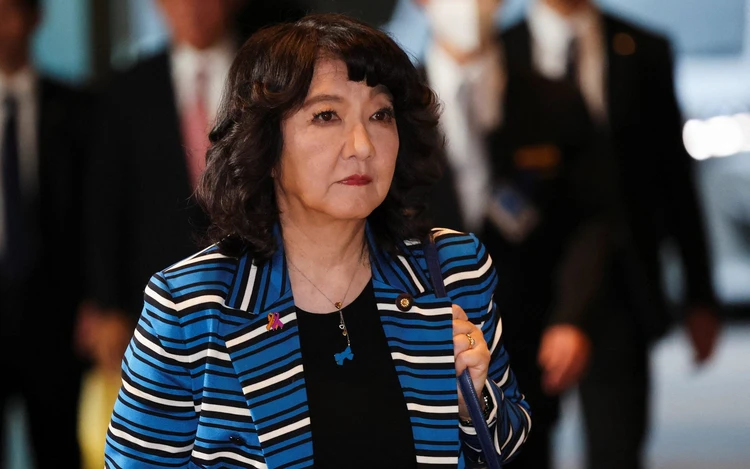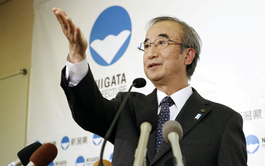
Japan's newly-appointed Finance Minister Satsuki Katayama arrives at the prime minister's official residence in Tokyo, Japan October 21, 2025. Photo: Reuters
The idea, dubbed by some analysts as the Japanese version of U.S. President Donald Trump's Department of Government Efficiency (DOGE), is among Prime Minister Sanae Takaichi's priorities to convince the public her government is taking a careful approach on spending to avoid increasing Japan's already huge debt.
Finance Minister Satsuki Katayama said on Tuesday she is leading a team, consisting of officials from the finance and other ministries, tasked with identifying tax-break and subsidy programmes that have become outdated or unnecessary.
"Unlike DOGE, we're not aiming to overhaul government organizations" but instead the focus is on reviewing existing subsidies, tax break schemes and usage of government funds, Katayama told a news conference.
"To maintain trust in the sustainability of Japan's finances, it's very important to show the public how we are always looking into how we spend," she said.
While the review may lead to immediate cuts to some subsidies, its findings will be reflected more thoroughly in deliberations on the fiscal 2027 budget that begins around April through June next year, Katayama said.
The government plans to collect opinions from the public through social media on which subsidies or government schemes are seen as wasteful or questionable, she said. There will be no target set on the spending cuts, she added.
Takaichi's cabinet approved a 21.3-trillion-yen ($136 billion) economic stimulus package on Friday, highlighting her expansionary fiscal streak that has triggered a selloff in the yen and Japanese government bonds.
The initiative aimed at cutting wasteful spending reflects the strong focus of her ruling Liberal Democratic Party's coalition partner, Ishin, on cutting red tape and streamlining government operations.
($1 = 156.7100 yen)




Max: 1500 characters
There are no comments yet. Be the first to comment.